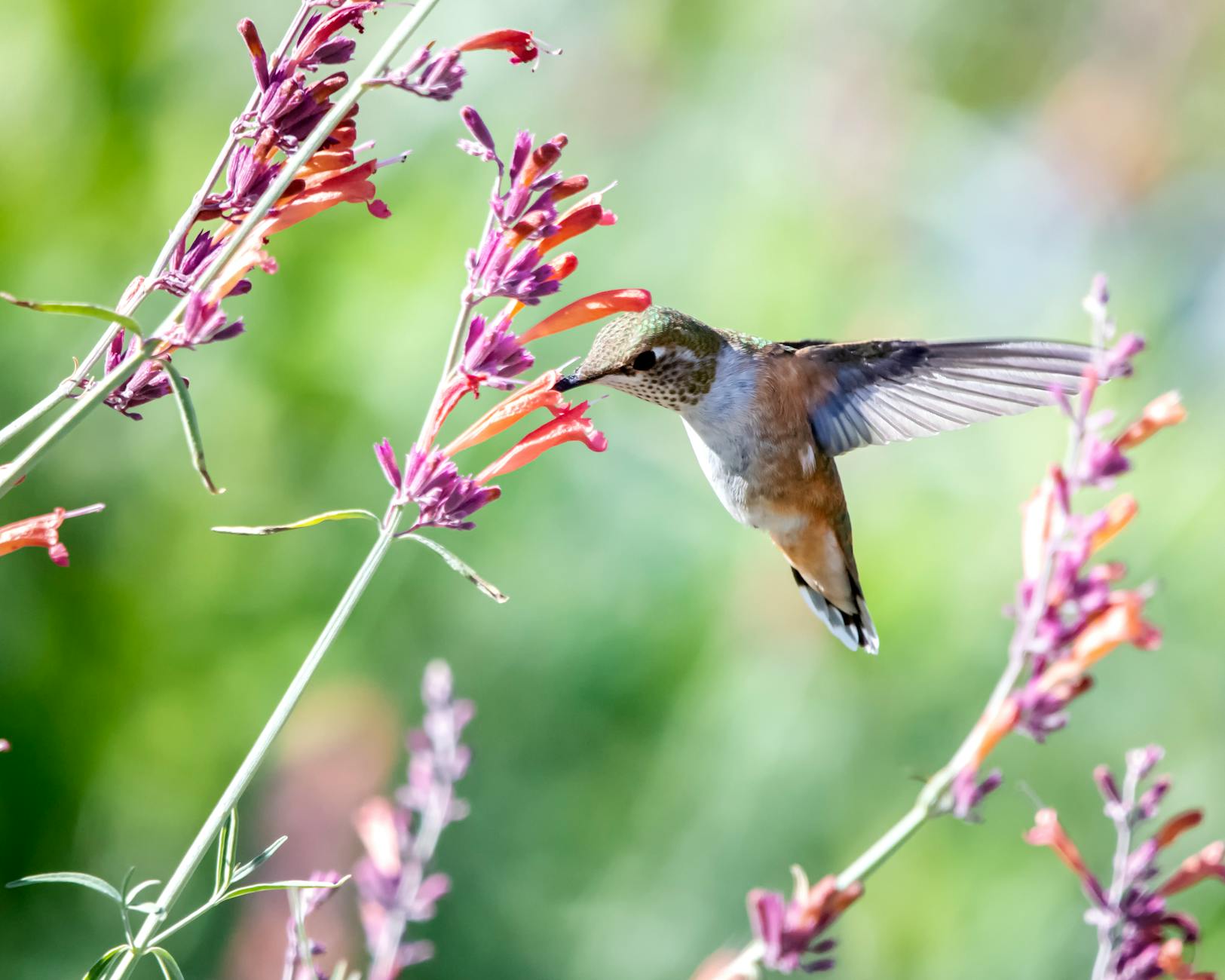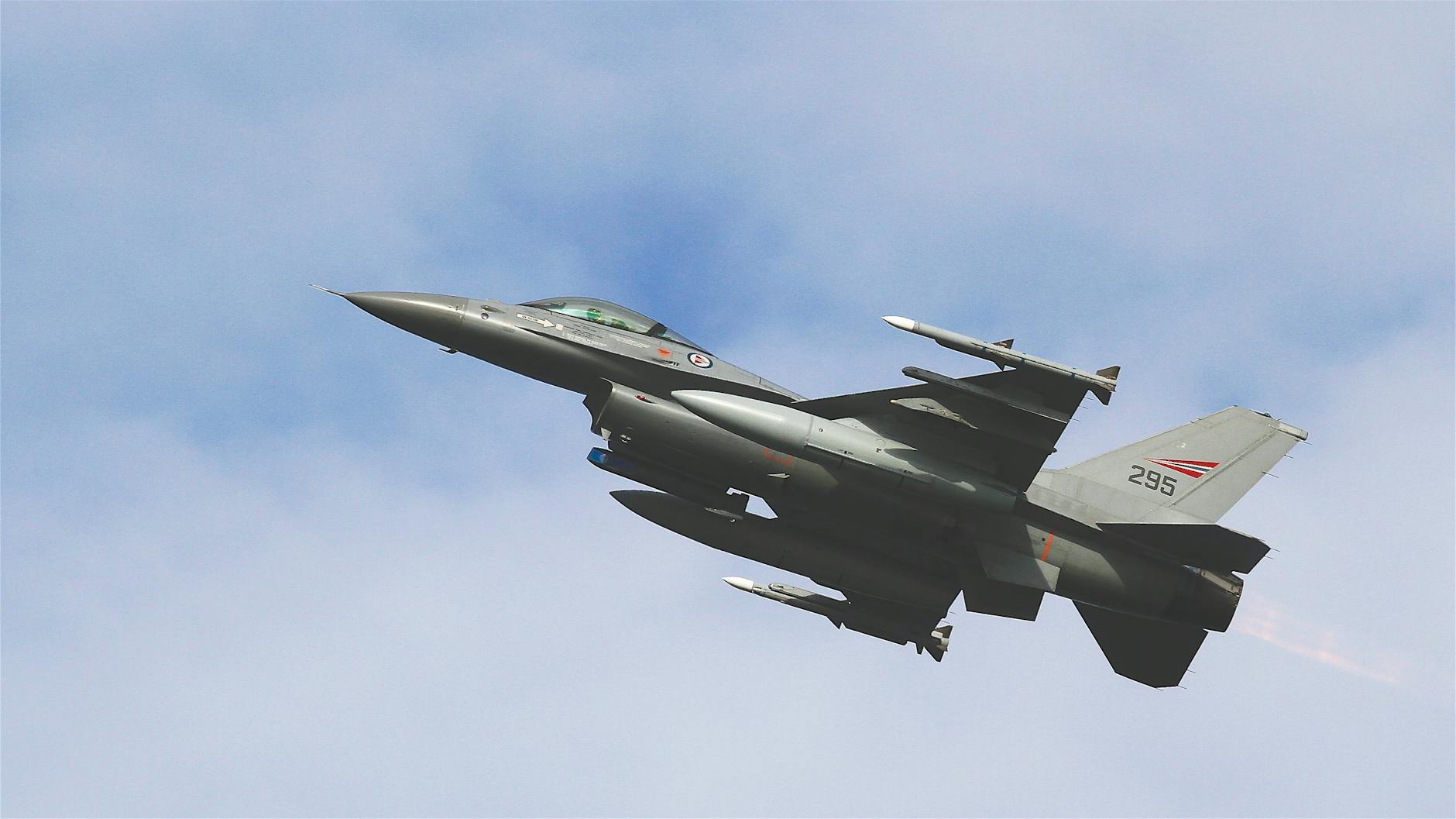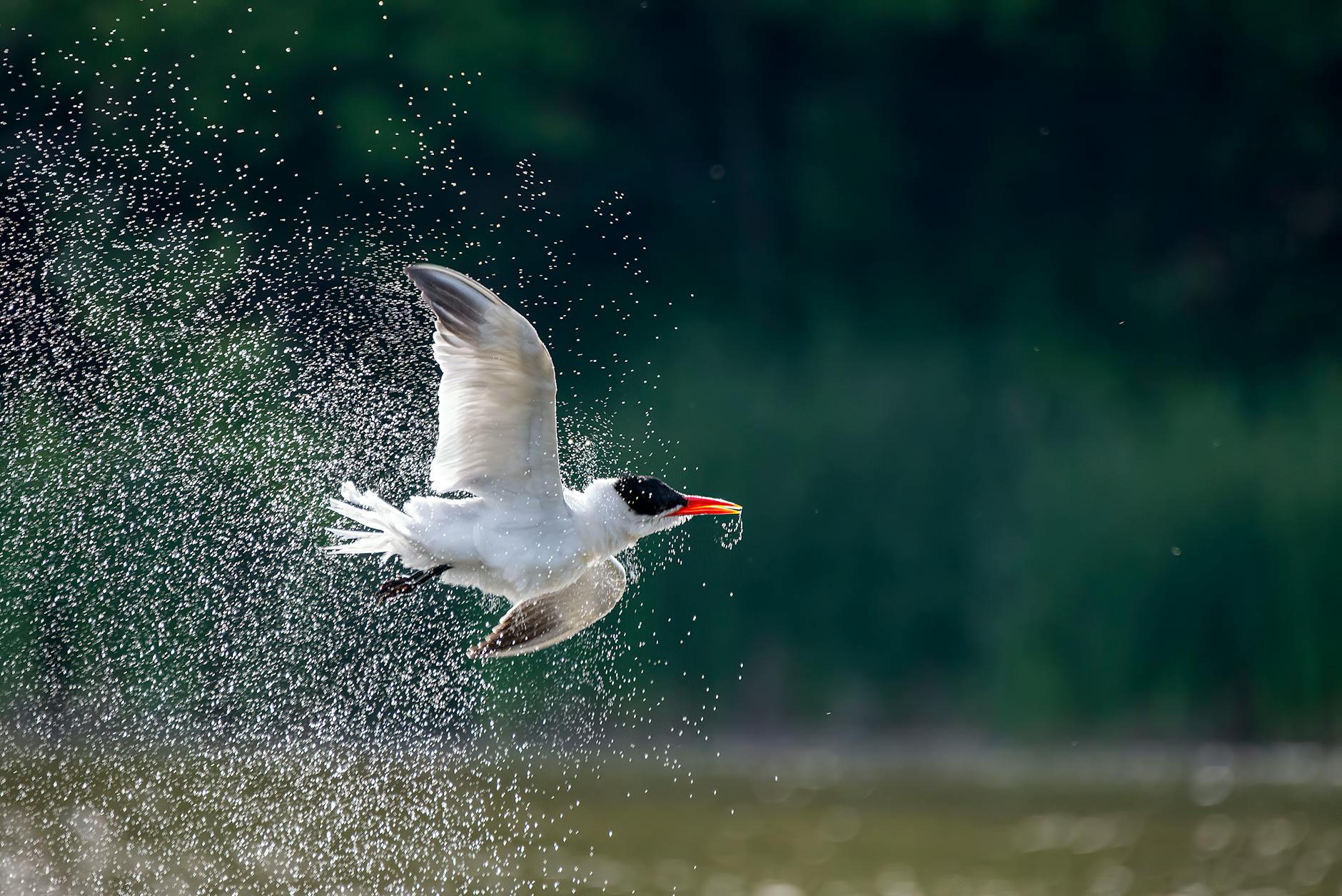
Is a Hummingbird Faster Than a Falcon? Speed Showdown Between Two Aerial Aces
When it comes to speed in the sky, hummingbirds and falcons are unmatched in their own ways. Falcons, like the peregrine, are record-breakers in diving speeds, while hummingbirds excel at quick, agile movements. But is a hummingbird actually faster than a falcon? The answer depends on how you measure speed. Both species showcase astonishing flight capabilities, making this comparison all the more intriguing.
Understanding Hummingbird Speed
Hummingbirds may be tiny, but their speed and agility are extraordinary. Their flight abilities rival some of nature’s best aviators, thanks to their unique physiology and movement techniques. Let’s dive into the remarkable characteristics that make these birds so fast.
How Fast Can a Hummingbird Fly?
Hummingbirds might not claim the sky’s fastest title, but their speed is still jaw-dropping. On average, most hummingbirds fly at 20 to 30 miles per hour during normal travel. However, things take a sharp turn when they dive. During mating displays or territorial flights, some species, like the Anna’s Hummingbird, can reach up to 60 miles per hour in a rapid dive. This acceleration makes their movements almost look like blurs to human eyes.
What’s astounding is not just how fast they go but how quickly they can stop and change direction. In a blink of an eye, these tiny creatures can switch from full throttle to a stationary hover.
 Photo by Frank Cone
Photo by Frank Cone
Wing Structure and Flight Technique
A hummingbird’s wings are its secret weapon. Unlike most birds, which rely on an up-and-down wing stroke, hummingbirds’ wings move in a figure-eight motion. This technique is key to their agility, allowing them to hover mid-air and even fly backward.
Their wingbeats are also incredibly fast, varying between 50 to 80 beats per second, depending on the species. This blindingly quick fluttering is supported by a specialized ball-and-socket joint at the shoulder, giving their wings a full 180-degree range of motion. Basically, their wings function more like a helicopter’s rotor blades than a typical bird’s wing structure, making them one of nature’s most efficient flying machines.
Unique Traits of Hummingbird Flight
Apart from their speed, one of the most iconic skills hummingbirds have is their ability to hover like no other bird can. This hovering behavior lets them sip nectar from flowers with pinpoint precision, a necessity for their nectar-rich diet.
But their unique flight traits don’t end there. Hummingbirds can change direction instantly, fly sideways, and as mentioned earlier, even move backward. Their aerobic capabilities are comparable to Olympic athletes. With a heart rate that can surge to over 1,200 beats per minute, they maintain energy-intensive movements for extended periods.
Additionally, their ability to hover gives them an edge in the skies that larger birds, including falcons, simply don’t have. While falcons might dominate in speed during dives, hummingbirds have mastered the art of versatile and precise aerial acrobatics. This makes them one of the most efficient and fascinating creatures in the air.
Falcon’s Flight Capabilities
Falcons are the masters of speed in the bird kingdom. Known for their unmatched velocity during dives and efficient level flight, they dominate the skies with precision and power. Let’s explore what gives these raptors their edge.
Top Speeds of a Falcon
The peregrine falcon is the epitome of aerial speed. It holds the title of the fastest bird in the world, and for good reason. During a hunting dive, or stoop, peregrine falcons can reach breathtaking speeds of up to 242 miles per hour. This level of acceleration is not just unmatched by other birds but by most creatures in the animal kingdom.
In level flight, where their wings beat steadily rather than folding in for a dive, peregrine falcons still impress with speeds ranging from 40 to 55 miles per hour. While this might not sound as extreme as their dive, keep in mind that they maintain this pace consistently, all while maneuvering with remarkable agility.
Adaptations for Speed
Why are falcons so fast? Nature has equipped them with physical traits designed for speed, aerodynamic efficiency, and precision. Let’s break down some of their most fascinating features:
- Streamlined Body: Falcons have sleek, tapered bodies that reduce air resistance. Think of them as the fighter jets of the animal world.
- Narrow, Pointed Wings: Their pointed wings cut through the air effortlessly, channeling maximum power with each beat.
- Specialized Feathers: The structure of their feathers not only minimizes drag but also enables them to sustain high velocities without losing control.
- Strong Chest Muscles: These muscles provide the energy and power needed for rapid wing beats and agile maneuvering.
- Shock-Absorbing Nostrils: High speeds mean intense airflow. Falcons have small bony projections in their nostrils that reduce turbulence, allowing them to breathe easily even when traveling at breakneck speeds.
These adaptations combined make falcons some of the most efficient predators in the sky, optimizing their chances of catching prey while conserving energy.

Photo by Inge Wallumrød
Falcons vs Other Birds of Prey
Falcons don’t just out-speed their prey — they dominate over many other raptors, too. Let’s compare their speeds to a couple of other notable birds of prey:
- Eagles: Known for their power and endurance, eagles soar at speeds around 30 to 40 miles per hour in regular flight. While they might excel at gliding, they can’t match the falcon’s agility or diving velocity.
- Hawks: Like eagles, hawks are built for sustained flight rather than bursts of speed. Their flights average 20 to 40 miles per hour, depending on species and conditions.
In essence, while eagles and hawks might take the title for endurance or strength, falcons indisputably lead the race when it comes to raw speed. Their adaptations and skillset make them unparalleled aerial daredevils.
Hummingbird vs Falcon: Speed Comparison
When you put a hummingbird and a falcon side by side, their flying abilities almost seem like magic. Each has mastered the sky in unique ways, but their speed comes down to how they move. Whether it’s a hummingbird zooming among flowers or a falcon plunging through the air in pursuit of prey, both birds deliver awe-inspiring performances. Let’s break it down.
Straight-Line Speed
In steady, level flight, the falcon takes a clear lead. Peregrine falcons can cruise at speeds between 40 to 55 miles per hour, maintaining consistency over long distances. On the other hand, a hummingbird averages 20 to 30 miles per hour when flying straight. It’s fast, especially for such a tiny bird, but it doesn’t match the falcon’s pace.
However, the comparison shifts when you consider size. A falcon’s larger frame allows for more powerful wing beats, but a hummingbird’s speed is still surprising relative to its body size. If scaled up proportionally, the hummingbird might be flying at competitive speeds.
Diving Speed
This is where falcons truly shine. The peregrine falcon holds the crown for the fastest diving speed, reaching astonishing velocities of up to 242 miles per hour. Its stoop is a deadly dive, perfected for hunting. Falcons tuck their wings tightly against their bodies, becoming streamlined bullets slicing through the air.
Hummingbirds, while fierce in their own right, simply can’t compete here. When diving, species like the Anna’s hummingbird can accelerate up to 60 miles per hour. While impressive, it’s no match for a falcon’s high-octane plunge. The hummingbird’s dives are shorter and used more for displays or territorial moves, rather than hunting prey.
Agility and Precision
Here, the contest takes an interesting turn. Falcons excel at precision when locking onto a target from hundreds of feet above, but hummingbirds are unmatched in agility. Their ability to hover and change direction mid-flight is unparalleled. In fact, they are the only birds capable of sustained hovering.
- A falcon’s flight resembles a jet — fast, efficient, and powerful.
- A hummingbird is more like a helicopter — nimble, versatile, and capable of pinpoint accuracy.
Hummingbirds can fly backward, sideways, and even upside down. Their figure-eight wing motion, combined with incredibly rapid wingbeats (up to 80 beats per second), gives them surgical control in the air. In contrast, a falcon relies on momentum and long-distance precision, lacking the hummingbird’s ability to stop and hover.
In sum, while the falcon dominates straight-flight speed and diving, the hummingbird rules in agility and short-distance precision. Both are marvels of evolution, perfectly adapted to their environments.
Factors Influencing Bird Speed
Birds are some of nature’s most incredible flyers, each shaped by evolution to master the skies in unique ways. Their speed is influenced by a combination of physical characteristics and purpose in flight. Let’s explore the specific factors driving their velocities.
Why Size Matters
The relationship between size, weight, and speed is fundamental in bird flight. Generally, a bird’s size and mass dictate the force needed to stay airborne. Larger birds, like falcons, rely on powerful muscles and broad wings to generate the lift required for flight. This gives them the ability to glide and dive at breathtaking speeds.
On the other hand, smaller birds like hummingbirds gain an advantage in agility. Their lighter bodies and high wingbeat frequencies enable rapid, precise movements. It’s like comparing a sports car to a motorcycle; both are fast, but their speed serves different purposes. However, smaller frames mean limited endurance, while larger birds can sustain their speeds over greater distances thanks to higher energy reserves.
The Role of Wing Design

Photo by @coldbeer
Different wing shapes greatly impact how birds move through the air. Falcons have narrow, pointed wings that are streamlined for high-speed dives and swift level flight. These wing structures reduce drag and allow them to cut through the air like arrows.
In contrast, hummingbirds have shorter, more rounded wings. While not built for long-distance speed, their wings allow a full range of motion, including hovering and quick directional changes. The distinction between the two is sharp — falcons are sprinters over long distances, whereas hummingbirds are masters of aerial gymnastics.
Flight Purpose
Why do birds fly? Their objectives range widely and directly influence their speed and style. Predatory birds like falcons use speed as a weapon. Their stoops — those dramatic high-speed dives — are honed for catching prey, where even milliseconds can make the difference between success and failure.
On the other hand, hummingbirds use speed to feed. Their ability to dart between flowers, hover, and precisely manipulate their movements allows them to extract nectar efficiently. For them, speed isn’t about pursuit but persistence and precision in tight spaces.
Each bird’s flight purpose has shaped its body and abilities. Predators rely on power to dominate. Nectar feeders depend on agility to survive. Their flight styles reflect their needs and roles in nature’s intricate balance.
Conclusion
Hummingbirds and falcons display two distinct styles of mastering the skies. Hummingbirds dazzle with unmatched agility and precision, while falcons reign as the ultimate speed predators. The falcon’s breathtaking dives hit record-breaking speeds, whereas the hummingbird’s ability to hover, reverse, and dart in tight spaces showcases unbeatable versatility.
Both birds remind us how evolution shapes perfection in different ways. Whether you admire the hummingbird’s graceful maneuvering or the falcon’s raw power, their abilities are awe-inspiring. Which type of flight do you find more fascinating? Share your thoughts!





